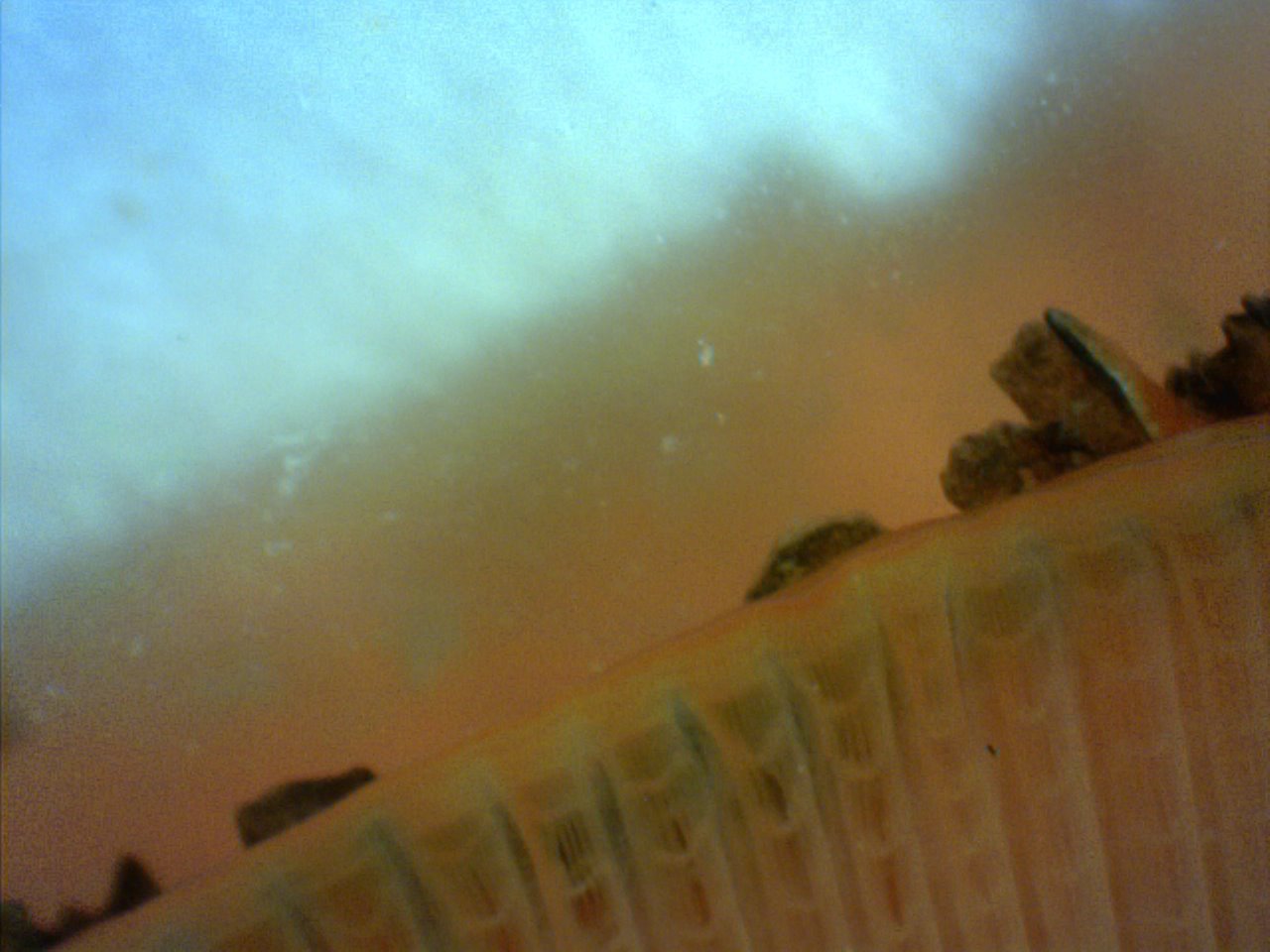Respiration and Gas Exchange
Pearl oysters, like other bivalves, obtain oxygen from the surrounding water as it passes through the mantle cavity. The gill filaments and mantle have large surfaces lined with fine permeable epithelia where the circulating hemolymph is in close proximity with the water flowing through the mantle cavity. Total oxygen consumption increases with pearl oyster size which relates to the mass of metabolizing tissue.
The energy-yielding oxidative processes of metabolism are usually aerobic in pearl oysters, although anaerobic metabolism may occur in some circumstances. Oxygen for aerobic metabolism is extracted from the water flowing through the mantle cavity and CO2 is discharged. The gill filaments contain hollow tubes through which hemolymph flows and deoxygenated hemolymph thereby comes into close contact with the seawater flowing over the filaments. There is reciprocal exchange of O2 and CO2 as they diffuse passively across the fine filament membranes according to the gradients between seawater and hemolymph. There is also some gas exchange between seawater and hemolymph across the large permeable surfaces of the mantle.
Oxygen diffuses passively from the water found in the mantle cavity with its higher partial pressure of oxygen (PO2) to the lower PO2 levels in the hemolymph that result from oxygen consumption due to aerobic metabolism. Rate of oxygen uptake depends on the PO2 gradient between the surrounding water and hemolymph. Keeping the gills and mantle well irrigated with high PO2 water is also important. There is an estimated relationship between the oxygen dissolved per unit volume of water (DO) and PO2. Temperature, salinity and pH are factors that influence the DO: PO2 relationship. However, at the moderately stable salinities and pH of seawater, and within reasonable temperatures there is a good association.
 |